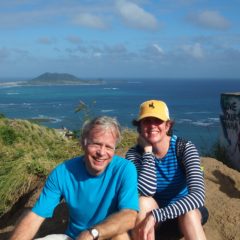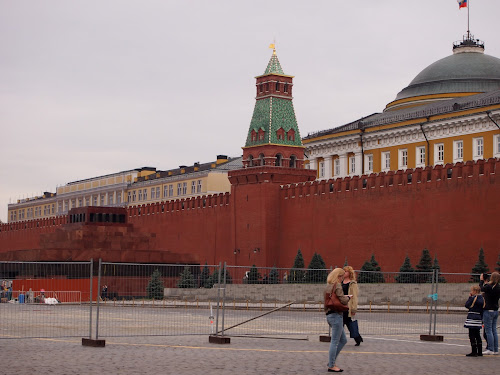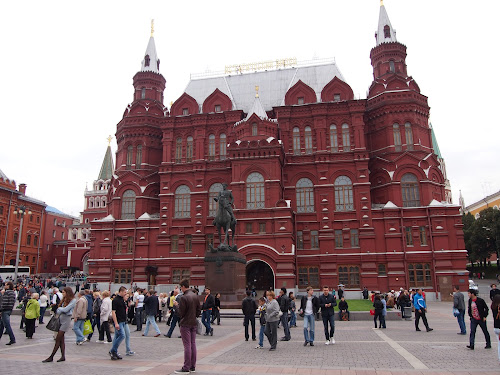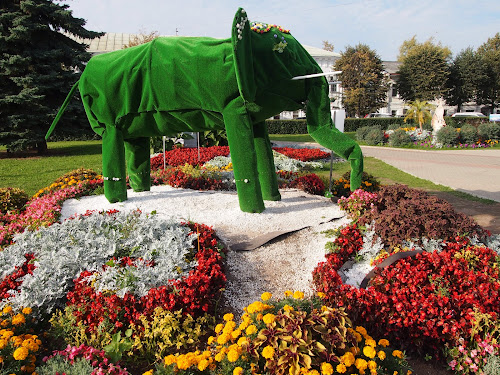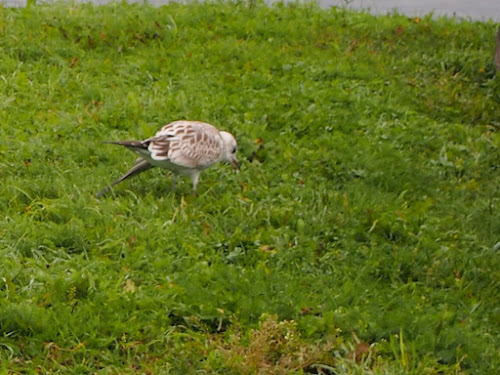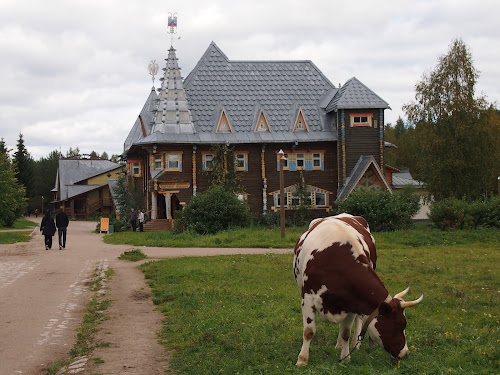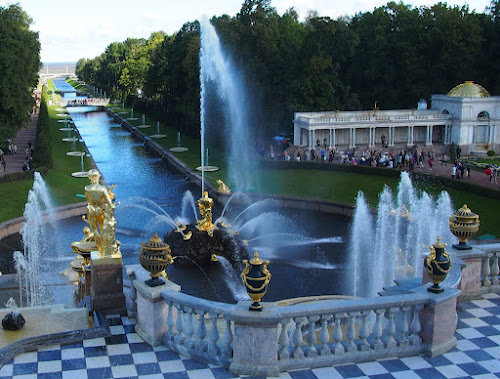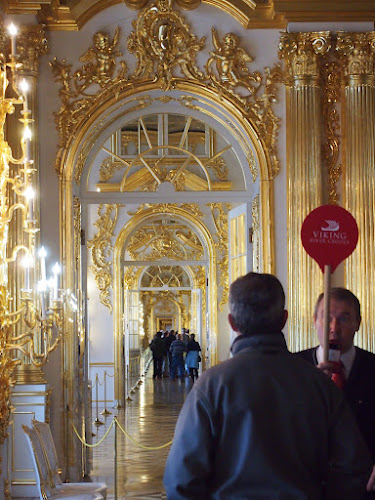While St. Petersburg remains an 18th century city at its core, attracting tourists with its beauty, Moscow is a bustling metropolis throwing off its dowdy Soviet past with massive development of impressive new buildings. Make no mistake, the storied past remains as a firmly rooted present; but, the city plows confidently into the future.
At the heart of the city are, of course, Red Square and the Kremlin, long misunderstood by us. A kremlin is a fortress. Many towns and cities have them, or remnants of them. It is “the” Kremlin that lies at the heart of this historic capital of the nation. The Kremlin houses the seat of government and the War Department, complete with thousands of cannons to commemorate the defeat of Napoleon in his attempt to take the city 200 years ago.
And, of course, “Red” Square is not a reference to communism or the Soviet era. “Red” is a reference to beauty. The red corner in a Russian home is where the family’s most beautiful possessions are displayed (such as an icon) and the head of the house sits. Red Square is, simply, beautiful (and aptly named).
Red Square is the home of St. Basil’s Cathedral, comprised of nine churches. And, it is not just Lenin who now rests on Red Square. Archangel Cathedral houses the remains of Ivan the Terrible.
Famous GUM department store also graces the square, with its three levels of arcades and restored sophistication.
Joseph Stalin had the “seven sisters,” modeled on New York City’s Empire State Building, built to show the world that Moscow was every bit as sophisticated as any other major world city. That finally seems to be true.
